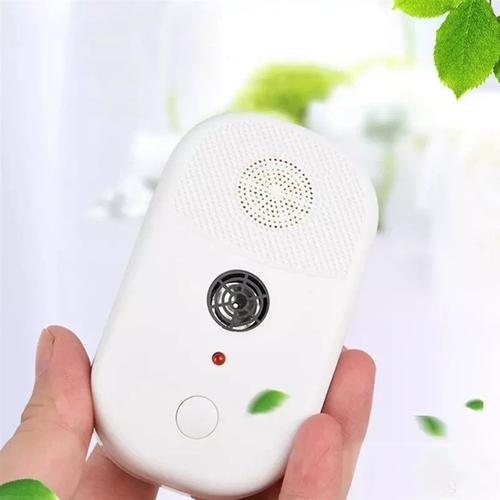
Understanding Flea Bites
Flea bites can be quite uncomfortable and often leave red, itchy marks on your skin. These bites are caused by fleas, small, wingless insects that feed on the blood of animals and humans. When fleas bite, they inject a small amount of saliva into your skin, which can cause an allergic reaction in some people.
Fleas are typically brown or reddish-brown in color and are about the size of a poppy seed. They have flat bodies and are known for their ability to jump long distances. Fleas are most commonly found in areas where pets live, such as carpets, furniture, and pet beds. However, they can also be found in human sleeping areas if pets are allowed in the bedroom.
Identifying Flea Bites
Flea bites often appear in clusters and can be found on any part of the body. They are usually red and itchy, and may have a small, white dot in the center, which is the flea’s mouthpart. Flea bites can be mistaken for bed bug bites, but there are some key differences.
One way to tell the difference between flea and bed bug bites is by looking at the pattern. Flea bites often appear in a line or cluster, while bed bug bites tend to be scattered. Another way to tell the difference is by examining the bite marks. Flea bites are usually larger and more inflamed than bed bug bites.

Understanding Bed Bug Bites
Bed bug bites are caused by bed bugs, small, flat insects that feed on the blood of humans. Bed bugs are reddish-brown in color and are about the size of an apple seed. They are most commonly found in beds, but can also be found in other furniture, such as couches and chairs.
Bed bug bites can be very itchy and may appear in clusters or lines. They are often found on exposed skin, such as the arms, legs, and face. Unlike flea bites, bed bug bites do not have a white dot in the center.
Comparing Flea and Bed Bug Bites
Below is a table comparing flea and bed bug bites:
| Feature | Flea Bites | Bed Bug Bites |
|---|---|---|
| Appearance | Red, itchy, may have a white dot in the center | Red, itchy, no white dot in the center |
| Pattern | Clusters or lines | Scattered |
| Location | Any part of the body | Exposed skin, such as arms, legs, and face |
Preventing Flea and Bed Bug Bites
To prevent flea and bed bug bites, it’s important to keep your home clean and free of these pests. Here are some tips:
1. Regularly vacuum your home, especially areas where pets sleep and play.
2. Wash your pet’s bedding and any fabrics in hot water to kill fleas and bed bugs.
3. Keep your pet’s fur trimmed to reduce the number of fleas that can hide in it.
4. Inspect your bed and furniture for signs of bed bugs, and use a mattress encasement to prevent them from getting inside.
5. If you suspect you have a flea or bed bug infestation, contact a professional exterminator.
Treating Flea and Bed Bug Bites
If you do get bitten by a flea or bed bug, there are several ways to treat the bites:
1. Wash the bite area with soap and water to prevent infection.
2. Apply a hydrocortisone cream or calamine lotion to reduce itching and inflammation.
3. Take an antihistamine to relieve itching and swelling.
4. If the bites become infected, see a doctor for treatment.
By understanding the differences between flea and bed bug bites, you can take the necessary steps to prevent and treat these pesky pests. Remember, keeping your home clean and free of fleas and bed bugs is the best way to avoid bites and keep your family comfortable and healthy.







